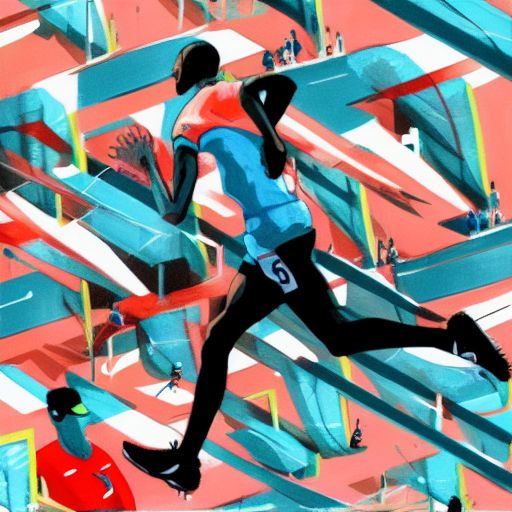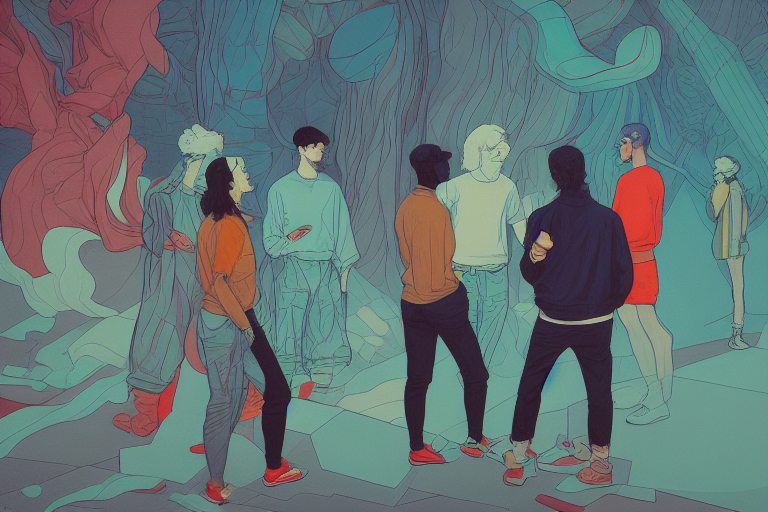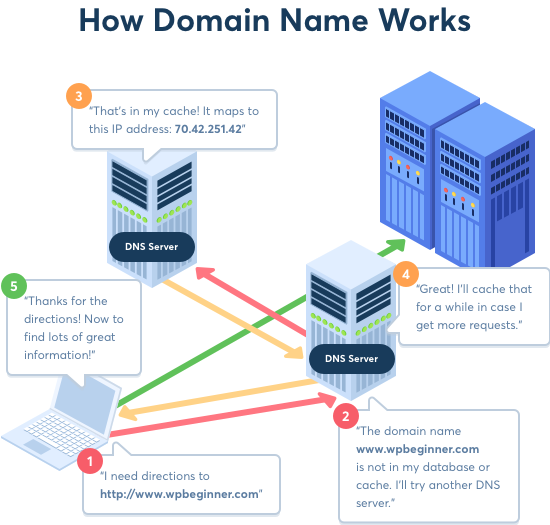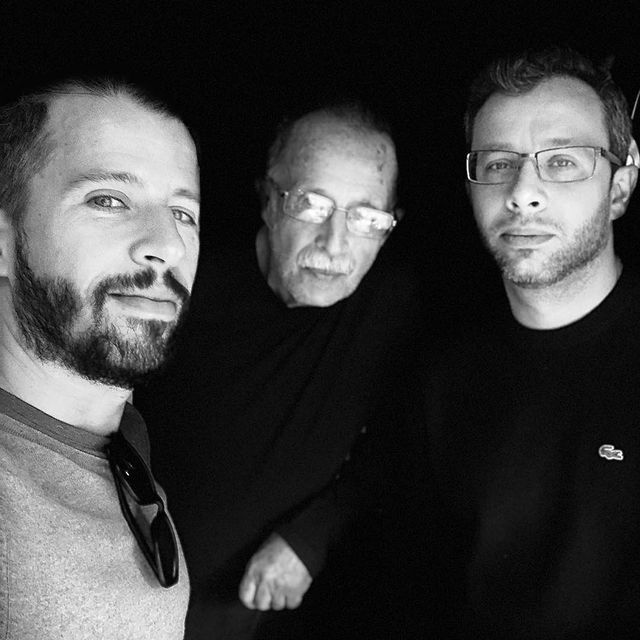I can’t stop thinking about something lately. A friend posted a story a few days ago that reminded me of a different time. When I was living in Madrid, one amazing colleague of mine dragged me to her Triathlon club. By then I had already been seriously running for a couple of years.
She thought it would be great if a couple of colleagues joined her. The thing is, it was a first-class Triathlon Club (I believe it still is one of the best in the country). Meaning most of the people were great athletes. A bit percentage of them were elite.
Some were even part of the national team. I was in okay-sh shape, but definitely not prepared to be part of that. The team’s common conversations in the dressing room were mostly about training. Strict dieting, or mocking each other not to chicken out and target to finish the next iron man in less than 9 hours. If you know Triathletes, they are characterised by their… focus.
I struggled, I was at the very bottom of the team (in a team with people 10-15 years older than me). By far the slowest swimmer, for sure. The team was already big, and there was a list of people waiting to join. If you wanted to be there, you had to be really committed.
Saying training was exhausting is an understatement. Double sessions, 3-4 days per week, plus whatever you wanted/needed to add during the weekend. Plus competing. Anyway, I ended up staying for a couple of years. Lots of lessons and findings during that time.
The thing I remember the most?
This guy in the team. The first day I met him, was in the dressing room. He said hi to some of the guys and started getting changed. I didn’t pay him a lot of attention. Just headed to the track to start warming up.
We start rolling as a group and only then I noticed he had some problem with his leg. He was weirdly dragging one of his feet. Then we shifted gears. We were supposed that day to run a few KMs at our max speed. You know what? He killed it. He was, to my surprise, faster than me.
That’s what I remember more vividly. He never gave himself any excuse, he challenged himself with every training. He was physically at a disadvantage, but man, mentally? A fucking giant. One of the most inspiring things I have ever seen. True champion courage.
I never told him how inspired I was. How much I admired his determination. I am very grateful for all the lessons of that time. The coach never treated him differently in a noticeable way. He was just one more athlete he had to push to do his best. He was showing us the way.
Showing me not to take things for granted, and not to give myself excuses. To this day, when I run, I remember him running.





